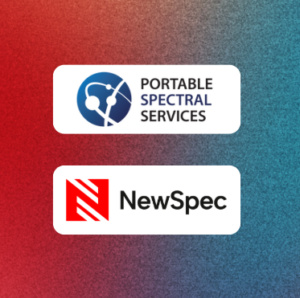
A Bright Future Ahead
Portable Spectral Services Announces Exciting Management Transition
One of the fastest ways for humans to store information in their long-term memory is to pair concepts with meaningful images. Visual learning has been found to have cognitive effects that stimulate imagination, therefore, enabling users to process the information faster. Neuroscientists from MIT (1) have found that the human brain can process entire images the eye sees for as little as 13 milliseconds (Figure 1).
Figure 1. time to process an image in comparison to a sentence. Image taken from here.
This suggests the eyes allow the information to get into the brain rapidly enough to know where to look next, calibrating our eyes to move as quickly as it takes to understand what we’re seeing (1). This trait allows the ability to detect salience in cluttered scenes.
Take 2 minutes to view the video footage below and try to determine what the gold is associated with. When trying to communicate your scientific research to non-experts it is critical to be able to keep the listener engaged. This may mean cutting out scientific jargon, using illustrations, or creating a narrative with the data. This video simply rotates elements over a Fe and Si distribution maps. After viewing all the elements present, using a custom selection of overlayed distribution maps the user to draw off their knowledge to provide a more detailed interpretation. Depending on the viewer’s expertise this could be simply identifying that Al and K are associated with each other or that Si cross cuts the two. Further to this, there are multiple deformation events occurring or just trying to determine where all the gold (Au) sits. The ability to process images as we look at them allows us to create a narrative with our knowledge, regardless of the viewers prior experience.
Figure 2. Series of element distribution map of a gold deposit.
In the context of spatial data handling, the visualization process is the translation or conversion of spatial data from a database into graphics. Geologists utilizing the non-destructive, rapid analysis techniques of the Bruker M4 TORNADO micro XRF, provides the ability to create element distribution map overlays in minutes. Using these databases in real time, more maps can be created, many of them to convey a single idea or target a single mineral feature. These maps are changing from being final products presenting spatial information to interim products that facilitate visual thinking. The M4 TORNADO PLUS can convert sample datasets and translate them into to live knowledge bases to create or improve mapping tools that drive exploration.
Figure 3. Element distribution map overlay to distinguish distribution and interactions between Au with elemental distribution within a
phase or phase boundary.
Figure 3 highlights the structural evolution of the sample while also displaying the interaction gold (Au) and mercury (Hg) have with the system. It can be highlighted that the large gold clusters are associated/in proximity and orientated with quartz veining (pink) while there is also disseminated Au found within the Al-K bearing mineral phase. The M4 TORNADO PLUS offers the unique ability to pair concepts with meaningful images in real time, allowing us to create a narrative with our knowledge.
For more information on micro-XRF spectroscopy visit www.microxrf.com.au/. For more information on the Bruker M4 TORNADO micro-XRF visit here.
Learn more about micro-XRF scan resolution.
If you are interested in having your own sample analysed by micro-XRF, contact Portable Spectral Services at [email protected]

Portable Spectral Services Announces Exciting Management Transition
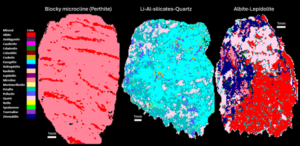
Our tool introduces uXRF (micro-X-ray fluorescence) scanning technology to RC chip analysis, enabling rapid, non-destructive, and quantitative analysis of major, minor, and trace mineral phases.
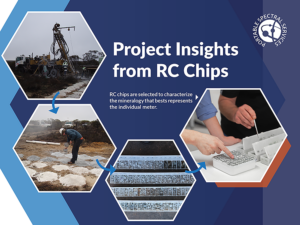
Automated micro-X-ray fluorescence (micro XRF) technology emerges as a powerful tool to rapidly and accurately capture the mineralogy of rock chip, RC and AC samples.

Findings of an ongoing regional evaluation study over concealed Proterozoic lithologies known to host magmatic nickel sulphides with potential to host other base-metal, gold and rare earth elements (“REE”) systems within the Fraser Range, Western Australia.
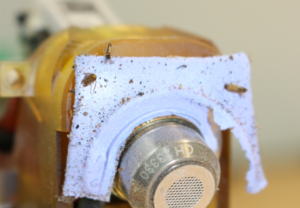
Findings of an ongoing regional evaluation study over concealed Proterozoic lithologies known to host magmatic nickel sulphides with potential to host other base-metal, gold and rare earth elements (“REE”) systems within the Fraser Range, Western Australia.
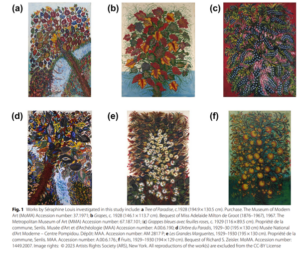
Findings of an ongoing regional evaluation study over concealed Proterozoic lithologies known to host magmatic nickel sulphides with potential to host other base-metal, gold and rare earth elements (“REE”) systems within the Fraser Range, Western Australia.
